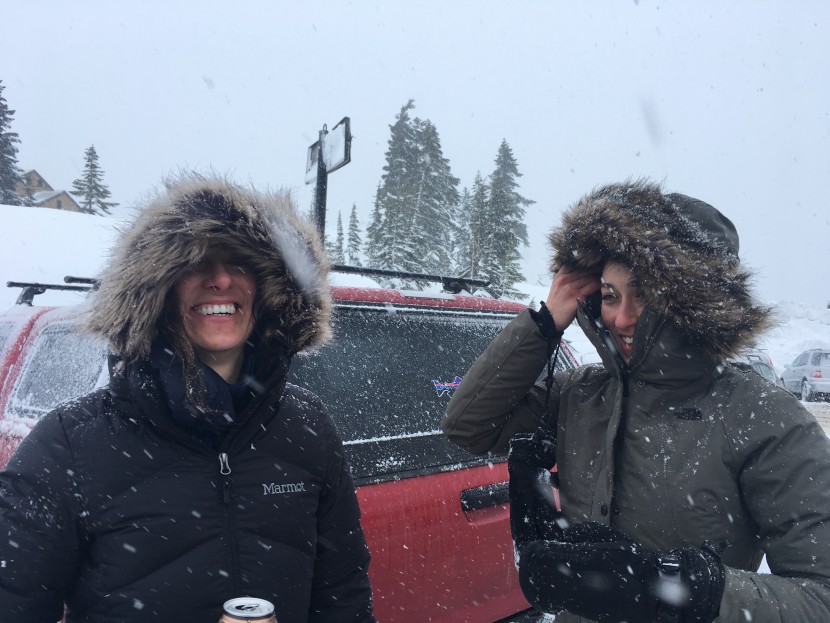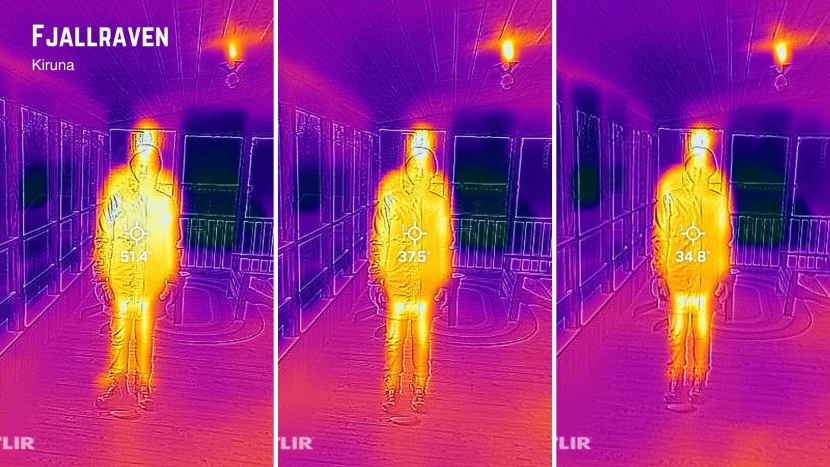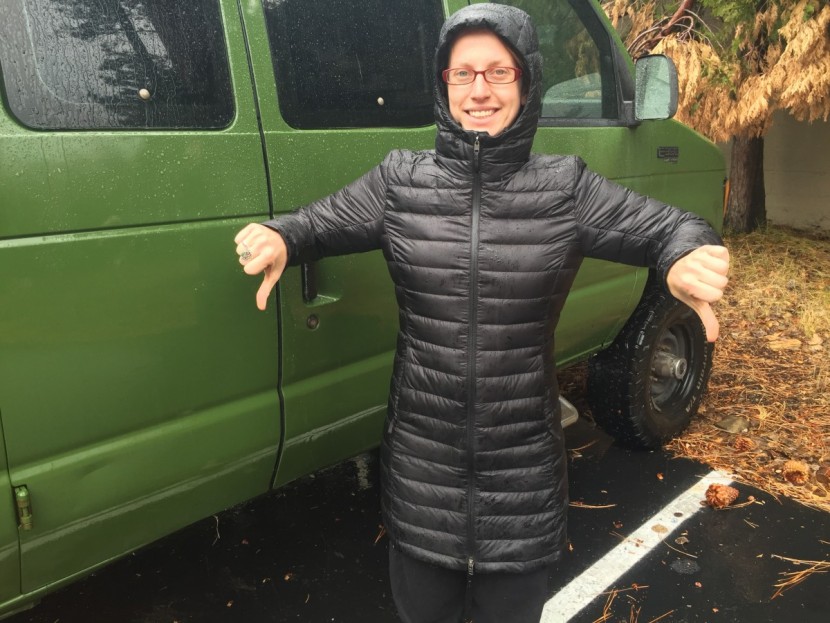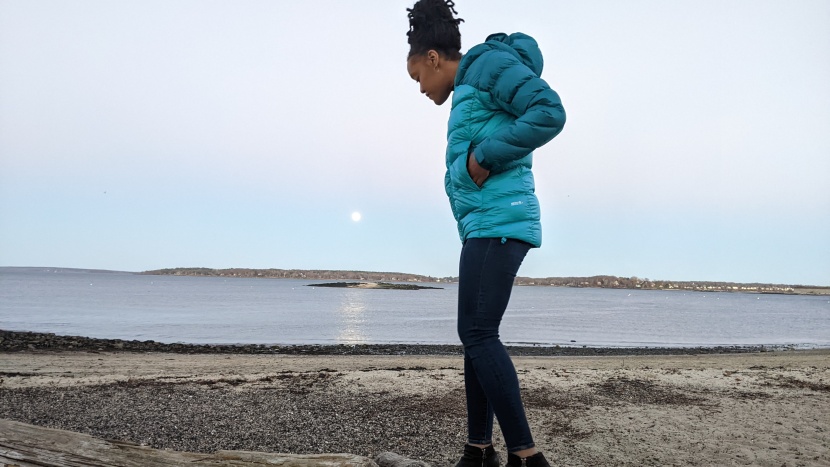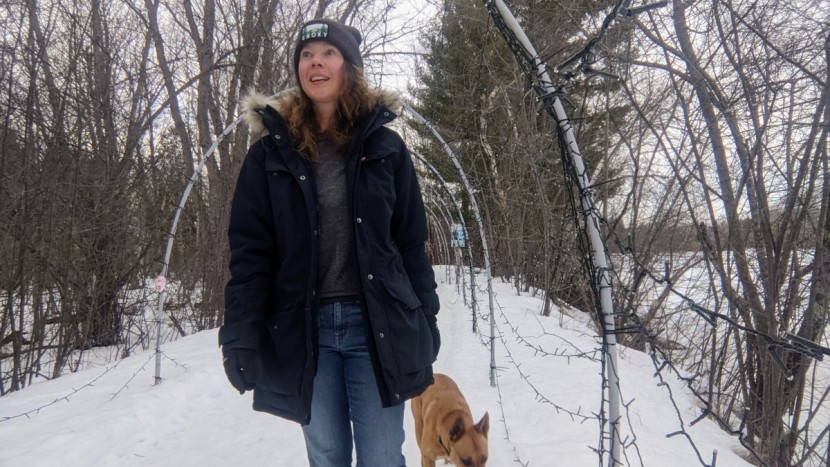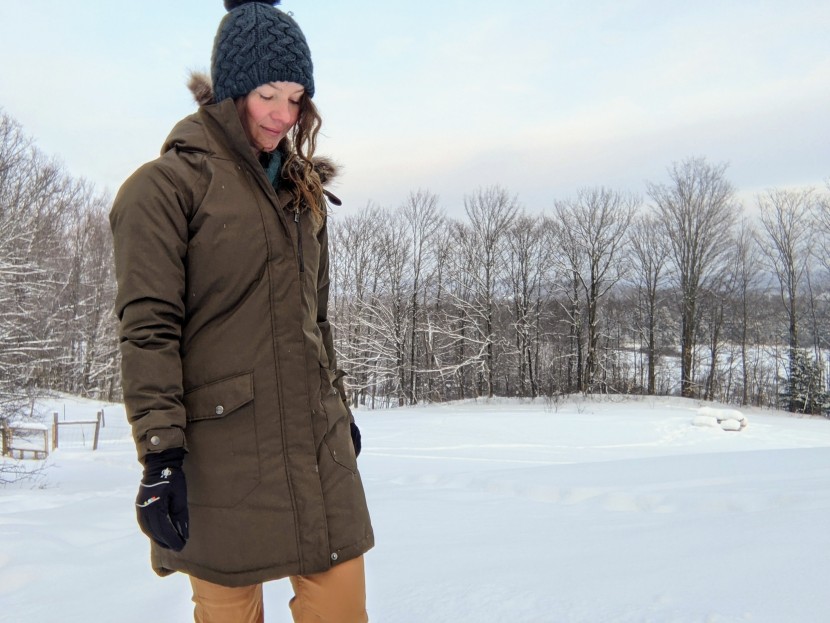Where We Tested
We put each of the jackets in our lineup through rigorous testing in a variety of wintry conditions. We went out in the sun, rain, coastal gales, stormy winter weather, and the intense freezes of the deep North. We wandered around Lake Tahoe, California, Mount Baker, Oregon, Jay Peak, Vermont, and Maine's mountains and coastal towns. We hope our findings help you choose the best winter jacket for your environment and activities.
Testing Process
Part of our testing process includes personal day-to-day use and experience with each product. We left the house wearing one jacket and carrying several more every day, switching them out in the same conditions to get more direct comparisons. We wore these jackets regularly for months, from early morning commutes to bitterly cold dog walks and hikes. Alongside this experiential evidence, we conducted more objective detailed testing to ensure we had a well-rounded understanding of every jacket in the test.
Warmth
To see how these jackets perform in the worst conditions, we temperature tested them in the early mornings, often the coldest part of any day. We then headed out in storms, below-freezing temperatures, and wintry mixes wearing different layers, from t-shirts to fleeces to long-underwear. When we got home, we took notes on the weather conditions, what layers we were wearing, and how warm we stayed.
For our final test, we stand still outside in below-freezing temps for ten minutes. We took thermal images at the start of the test, at five minutes in, and at the end of the test, looking for leaking warmth. We also took an internal temperature reading and detailed notes about how warm we felt throughout the whole process.
Weather Resistance
We wore these jackets in wet and sloppy weather whenever we could, noting how well they bead and shed water or whether it soaks in right away. We also wore each one in the shower for two minutes, recording when the fabric started to saturate and if any water reached our T-shirt. We used a new t-shirt every round to see exactly where the water infiltrated. To test how well they could stand up to the wind, we picked the wildest day in the forecast and stood outside. We wore each jacket for ten minutes, noting if, when, and where the breeze crept through.
Comfort
We wore each jacket with different layers to try their fit and mobility in various conditions. We took notes every time we wore one, detailing any constrictions or annoyances we noticed during the day. Then we put each through our comfort obstacle course. We bundled up, then reached above our heads and crossed our arms to see if the shoulders were restrictive. We zipped them up and took the stairs in twos to check the legroom, then sat down to see if they bunched up or constricted our hips. Next, we pulled the zipper all the way up to see if it rubbed our chins (a common issue) with the hood up and with it down. We checked to see if there were wrist cuffs and evaluated their coziness, and if there were pockets, how soft and insulated they were.
Versatility and Style
We know that style is subjective, so we didn't weigh it that heavily. We also seek second (and third) opinions for each tested jacket. We have friends wear each contender to get a sense of their fit across body types and collect opinions on their style. We also compared notes about any compliments we received when wearing each jacket. However, we mostly pay attention to how wearing the jacket makes us feel because that's what style is all about.
Construction Quality
Thoroughly examining each jacket — from zippers to fabrics to pocket liners and ruff quality — helps us determine its durability. We also performed difficult stress tests such as running a paperclip across the fabric and seams of each jacket.


